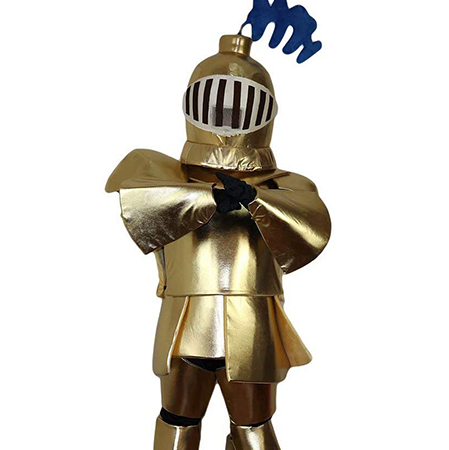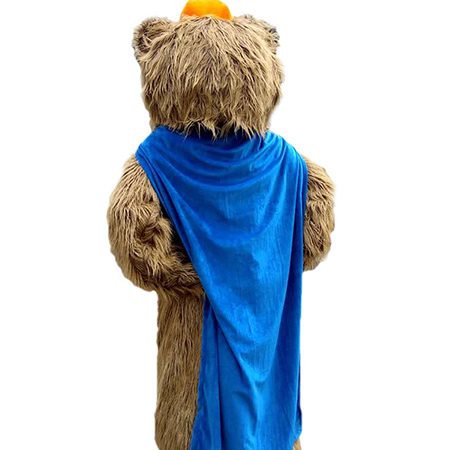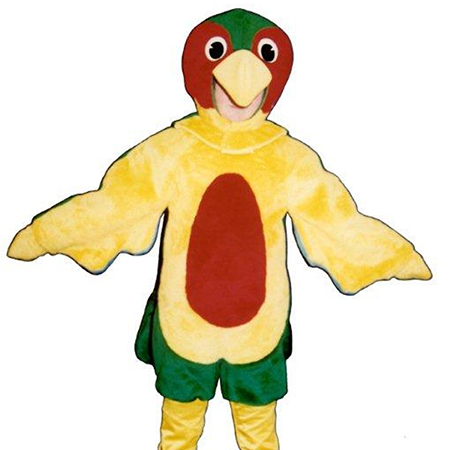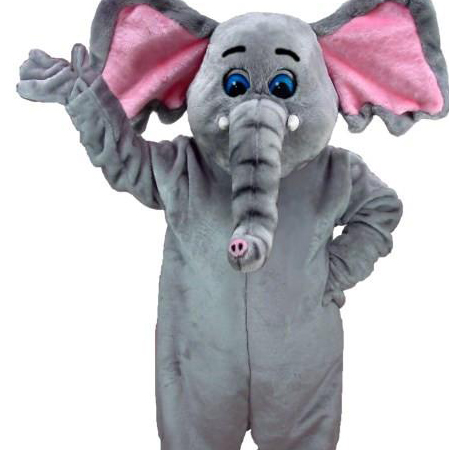In recent years, the advent of augmented reality (AR) technology has revolutionized various sectors by blending digital enhancements with the real world. One intriguing application of this cutting-edge technology is in the realm of mascot costumes. By integrating AR with mascots, we can enhance interactive experiences and create unforgettable moments for audiences. This article explores how such integration works and the potential it holds.
Mascot costumes traditionally serve as symbols of teams, organizations, or events, embodying their spirit and engaging fans through performances and interactions. When augmented reality is introduced into this dynamic, it opens doors to a plethora of innovative possibilities. Imagine a scenario where a mascot can interact not just through physical gestures but also through digital effects visible to the audience via smartphones or AR glasses.

To begin with, AR technology allows mascots to display visually stunning effects that are impossible to achieve with traditional costumes alone. For instance, a sports team’s mascot could seemingly burst into flames or produce a cascade of virtual confetti during celebratory moments. These digital enhancements are overlaid onto the real world using specialized AR applications, providing an immersive experience that captivates the audience.
Moreover, AR can make mascot interactions more personalized and engaging. Using facial recognition technology, mascots can recognize individual audience members and respond accordingly. A child attending a sports event might see the mascot wave specifically at them or blow them a digital kiss, creating a magical and memorable moment. This level of personalization deepens the connection between the mascot and the audience, fostering greater fan loyalty.

Another exciting application of AR with mascot costumes is in educational settings. School mascots, for example, can incorporate interactive AR lessons into their performances. They could use AR to visualize historical events, scientific concepts, or even language translations in real time. This not only makes learning fun but also leverages the mascot’s appeal to engage students more effectively.
Furthermore, AR-enhanced mascot costumes can transform public appearances and marketing promotions. Brands can create interactive advertising campaigns where the mascot appears alongside virtual product demonstrations. Consumers can scan QR codes with their smartphones to see the mascot performing stunts or showcasing products in an entertaining and innovative way. Such campaigns stand out from traditional advertisements and leave a lasting impression on the audience.

Implementing AR with mascot costumes involves several technical steps. Firstly, developers need to create custom AR applications tailored to specific mascot designs and performance routines. These applications must be compatible with widely-used AR platforms like augmented reality kits (ARKit) for iOS or ARCore for Android. Additionally, mascot performers require training to synchronize their movements with the digital effects displayed.
Costume designers also play a crucial role in this integration. They must ensure that the mascot costumes are equipped with the necessary hardware, such as sensors and markers, to track the performer’s movements accurately. The costumes themselves might need to be lightweight and comfortable to accommodate the additional technology without hindering the performer’s mobility.

In conclusion, integrating augmented reality with mascot costumes presents a thrilling opportunity to elevate interactive experiences. Whether through visually stunning effects, personalized interactions, or educational content, this fusion of technology and tradition promises to captivate audiences in unprecedented ways. As AR technology continues to evolve, its applications in the realm of mascot costumes will undoubtedly grow, offering even more innovative ways to connect with fans and audiences alike.
